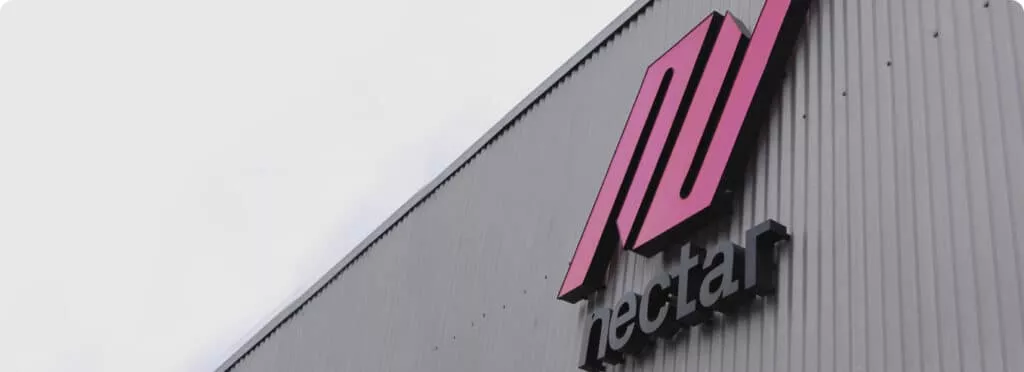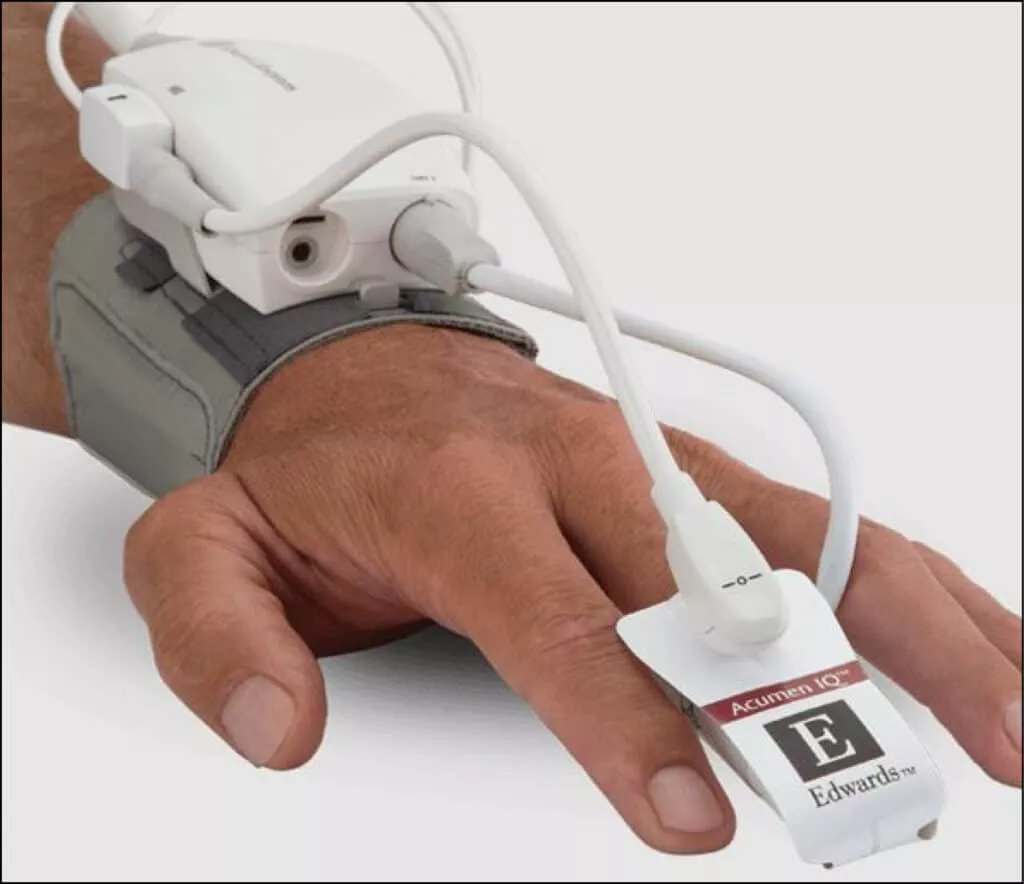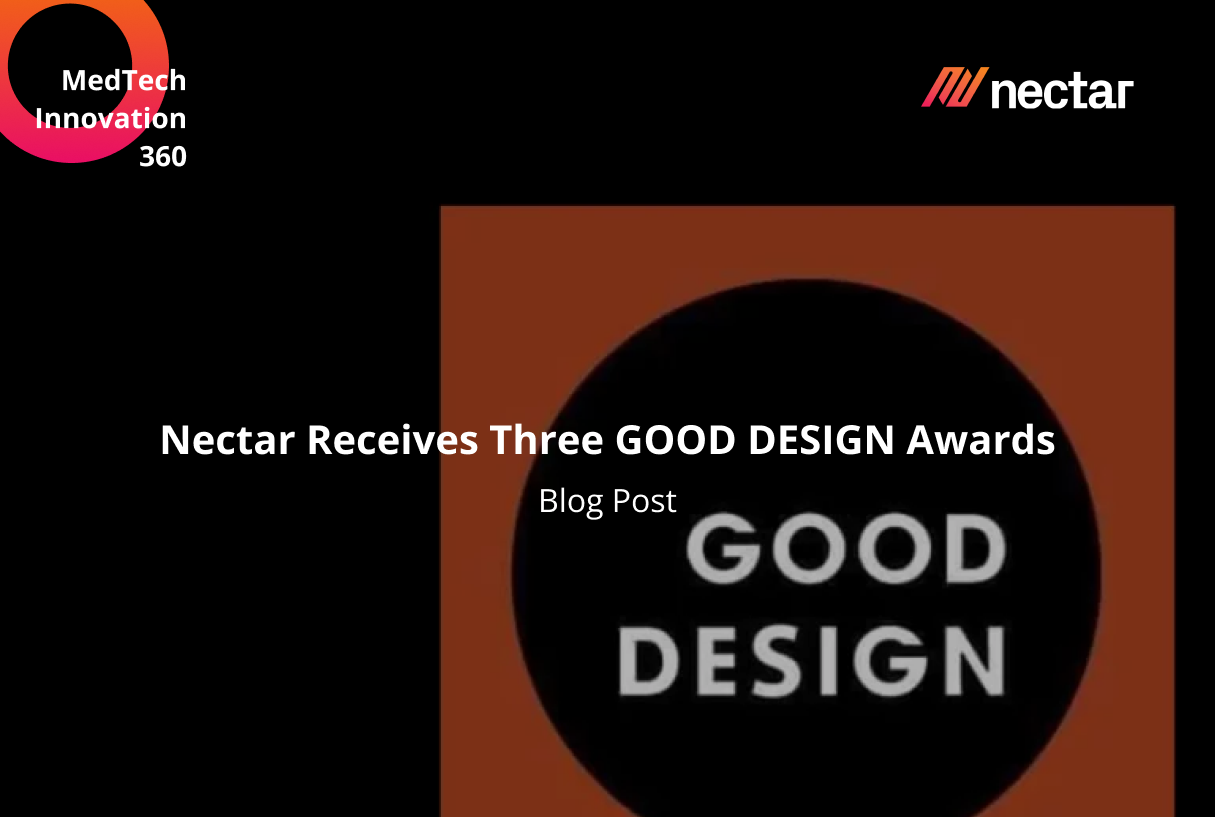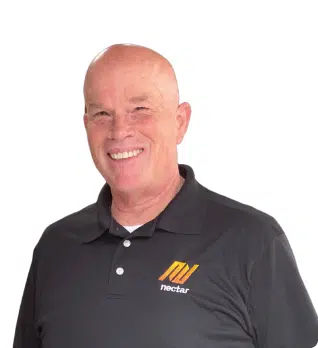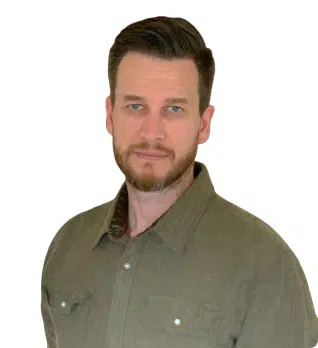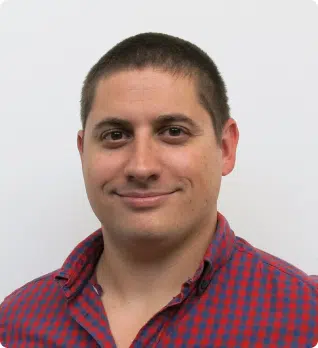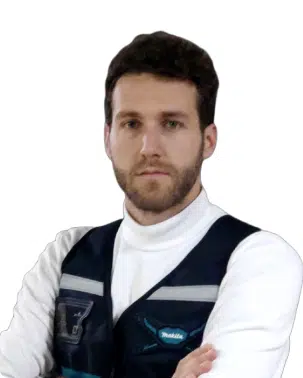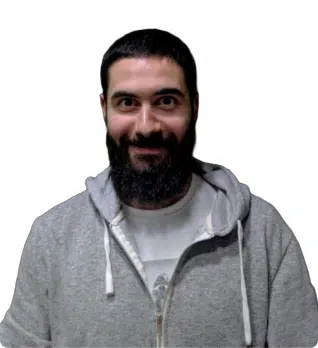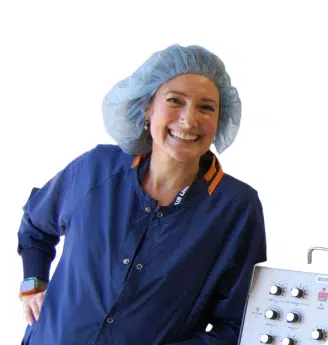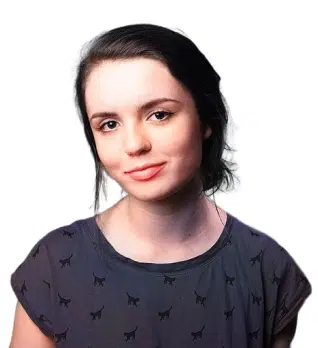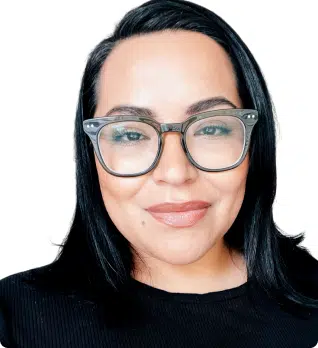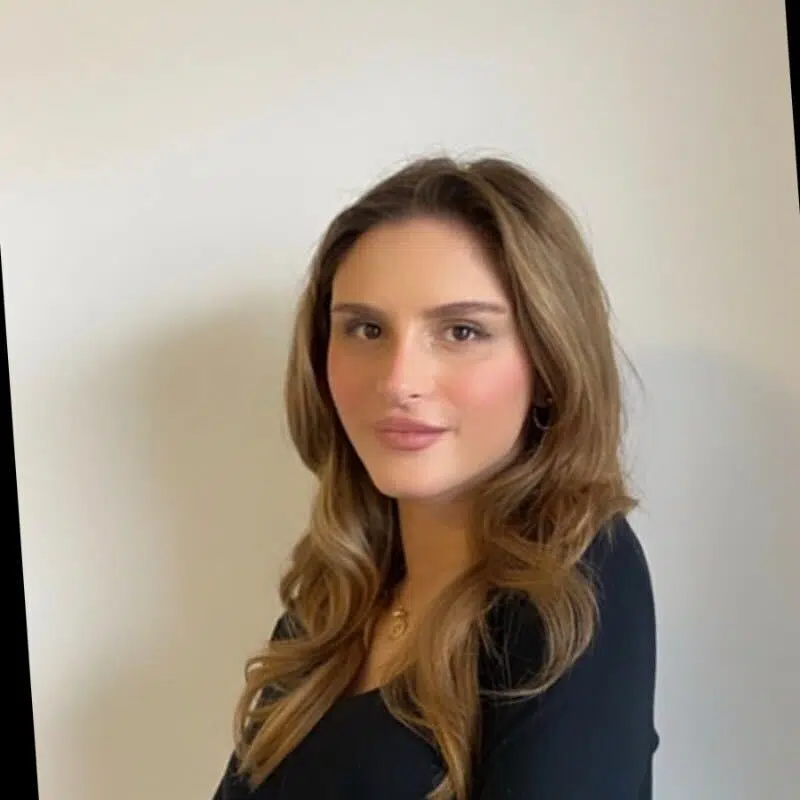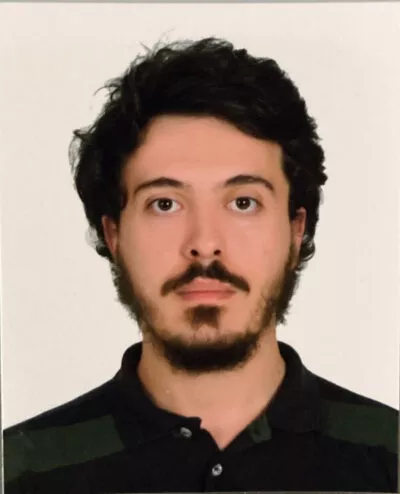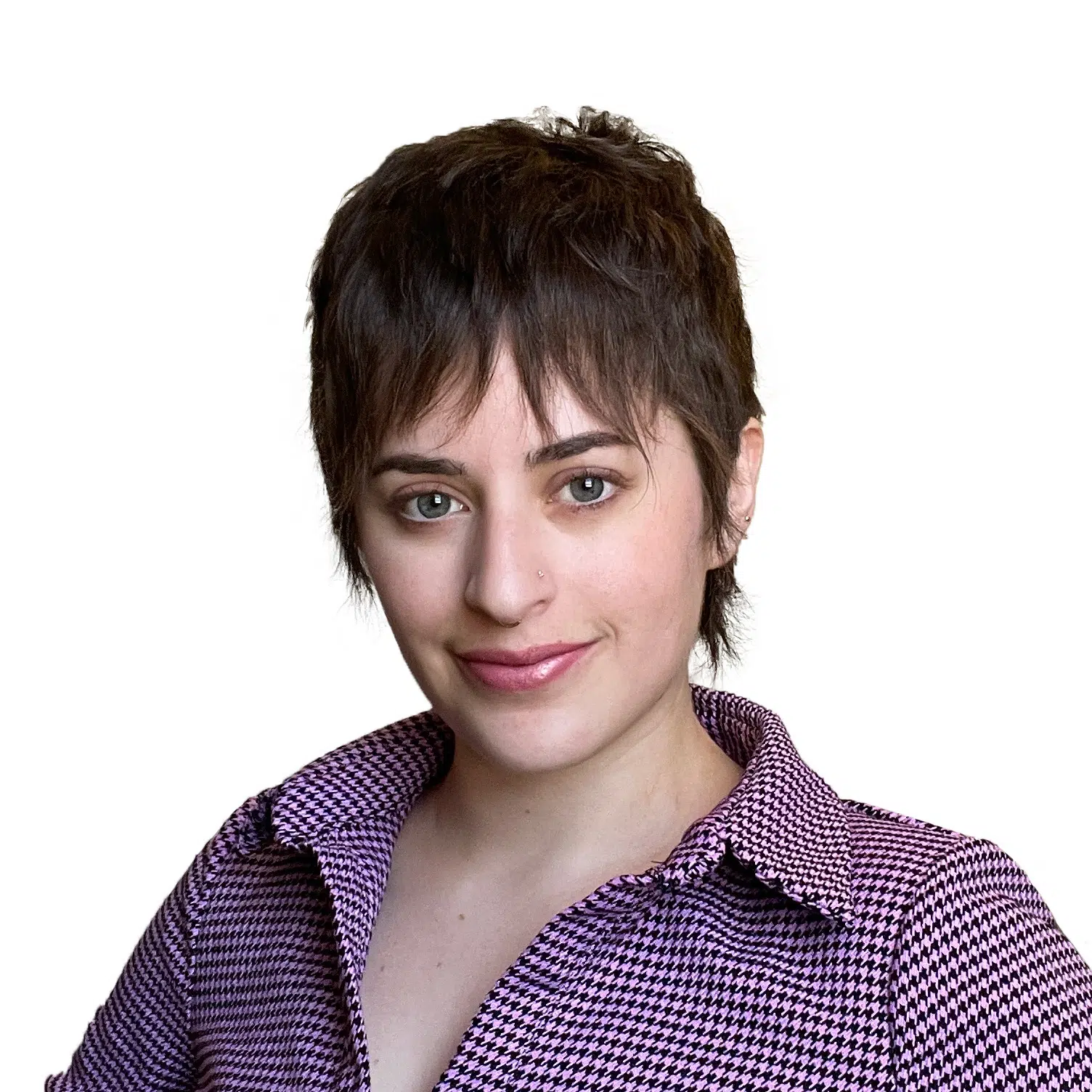User-Centered Design for Medical Devices: A Comprehensive Guide
In this rapidly evolving era of medical technology, the integration of User-Centered Design (UCD) has transcended mere industry jargon, emerging as an indispensable philosophy in the realm of medical product development. UCD’s paramount focus on the users’ needs and experiences underscores the profound commitment to enhancing healthcare solutions. It safeguards that the novel medical devices not only embody innovation but are also imbued with an inherent sense of intuitiveness and accessibility. As healthcare professionals, patients, and caregivers increasingly rely on these cutting-edge tools, UCD becomes the guiding light that ensures these innovations are not just revolutionary but also seamlessly woven into the fabric of the medical landscape, ultimately improving the quality of care and the lives of those they serve. This user-centric approach not only fosters trust but also fosters a synergy between technology and humanity, driving medical progress to unprecedented heights.
Incorporating User Research for Informed Design Solutions
Conducting thorough User Research is a cornerstone of User-Centered Design, which requires more than superficial understanding. It delves into the nuances of users’ environments, their daily routines, and the specific challenges they face, which can influence their interactions with medical devices. Persona Development is not just about demographic data; it involves creating rich, narrative-driven profiles that encapsulate the user’s emotional and psychological landscape. User Journey Mapping then translates these narratives into actionable insights, tracing every touchpoint where the user engages with the device. This holistic view ensures that the device design is not only functional but empathetic to the user’s entire ecosystem, ultimately leading to a more intuitive and satisfying user experience.
This meticulous approach to User Research is what sets apart products that are merely used from those that are relied upon and recommended. By exploring the emotional and practical contexts in which a device will be used, developers can predict and design for specific scenarios, reducing user frustration and enhancing ease of use. It’s about preemptively answering questions users may not even know they have and providing solutions to problems they face daily. When a medical device feels like it was designed with an individual user in mind, it fosters a sense of trust and reliability, laying the foundation for long-term user engagement and brand loyalty.
Leveraging Design Thinking for Creative Problem-Solving
Integrating Design Thinking into the medical device development lifecycle is transformative. It requires a paradigm shift from traditional linear development to a more dynamic, user-focused approach. By placing users at the core of the development process, Design Thinking promotes a deeper understanding of user needs and experiences. Teams are encouraged to engage in Persona Development and User Journey Mapping, which inform the creation of prototypes that are then rigorously tested and iterated upon. This continuous loop of feedback and refinement ensures that the end product not only meets but exceeds user expectations. In the competitive landscape of medical technology, embracing Design Thinking can lead to breakthrough innovations that define new standards of care, ultimately contributing to a company’s reputation for excellence in Product Usability and User Needs.
Ensuring Usability Through Iterative Design and Testing
The usability of a medical device is critical to its success. This is where Iterative Design comes in, allowing designers to create, test, and refine the device repeatedly. Usability Testing, which can involve both formative and summative testing, is a crucial component of this process, providing real-world feedback and driving refinements that enhance product usability and user satisfaction.
Advancing Accessibility in Medical Device Design
Accessibility Design in medical devices is not just a regulatory requirement; it is a moral imperative and a market differentiator. By embracing inclusive design principles, manufacturers ensure that their products can be comfortably and safely used by individuals with a range of physical, sensory, or cognitive abilities. Adherence to standards like ISO 9241-210 and ISO 9241-11, which advocate for user-centered design principles in the context of ergonomics, is essential in this pursuit. It’s about creating an intuitive user interface that accommodates diverse user groups, thus enhancing the overall usability of medical devices.
This approach extends beyond compliance; it’s about understanding that accessibility contributes to the overall user experience and satisfaction. By considering potential barriers that users might face, such as visual or auditory challenges, limited dexterity, or cognitive impairments, manufacturers can develop devices that are not only more inclusive but also more appealing to a broader audience. In the end, a commitment to Accessibility Design is a commitment to user empowerment and autonomy, allowing all individuals, regardless of their abilities, to take control of their health and wellness with dignity and confidence.
Creating Optimal User Experience (UX) in Medical Devices
The holistic philosophy of User Experience (UX) Design in medical devices acknowledges that every touch, glance, and interaction matters. From the tactile feedback of a button to the clarity of the display, UX Design is an empathetic dialogue between the user and the device. It’s a comprehensive practice that combines User Research, Usability Testing, and Iterative Design to refine a product until it not only meets the necessary functional requirements but also resonates on a human level. By considering the emotional and psychological impact of design choices, UX Design contributes to a product that is more than a tool; it becomes a supportive presence in the user’s life. This attention to detail in the user’s journey is what elevates a device from being merely usable to being truly user-centric, fostering a deeper connection with the product and enhancing patient outcomes.
In this era of digital health, where technology interfaces are as ubiquitous as the devices themselves, UX Design in medical devices plays a pivotal role in ensuring that users feel empowered and comfortable with the technology they use. The design process extends to the software, ensuring that digital interfaces are intuitive, information is easily accessible, and the user feels confident in operating the device. This is where Accessibility Design and Design Thinking intersect, to ensure that the product is not only functional and beautiful but also inclusive, accounting for the full spectrum of users. The ultimate goal is to create a seamless and frictionless experience that promotes better health outcomes and enhances the quality of life for users.
Design Thinking as a technique in UX Design for medical devices is a powerful catalyst for innovation. It employs a solution-based approach to problem-solving, encouraging designers to think in a user-centric way. This method involves a deep dive into understanding the complex tapestry of user needs and behaviors, challenging assumptions, and reimagining problems from different angles. By fostering an environment where prototypes are created and tested, Design Thinking allows for a responsive and flexible design process, one that iteratively evolves with user feedback, ensuring the final product is not just a representation of user needs but a reflection of their desires and preferences.
Meeting Product Usability and User Needs with International Standards
International standards such as ISO 25010, which defines product quality, and IEC 62366-1, which provides a process for analyzing, specifying, and evaluating usability as it relates to safety of medical devices, play a crucial role. They help ensure that the product meets the highest standards of usability and user needs, an essential factor in gaining award-winning product status.
Through the lens of standards like ISO 25010 and IEC 62366-1, manufacturers are able to systematically evaluate and refine their devices to meet rigorous quality and usability criteria. These standards also facilitate the MDD to MDR transition, aligning with the latest regulatory expectations. They underscore the importance of user needs in design, guiding manufacturers to consider the entire lifecycle of the product from the user’s perspective. This proactive stance on quality and usability not only propels a device towards industry recognition but also ensures it fulfills the promise of enhancing healthcare outcomes and user satisfaction.
The implementation of such standards reinforces a culture of continuous improvement and innovation. By following ISO 25010 and IEC 62366-1, organizations pave the way for creating products that not only excel in functionality but also in the overall experience they offer to the user. This relentless pursuit of excellence in usability is a testament to a brand’s dedication to quality, often becoming a benchmark in the industry and setting the stage for a legacy of trusted, user-friendly medical devices.
Conclusion: Unifying User-Centered Design Principles for Medical Device Excellence
The convergence of User-Centered Design, User Research, Design Thinking, and usability standards culminates in medical devices that are not only compliant with regulations like ANSI/HFES 100 but also resonate deeply with users. Nectar Product Development, an ISO13485:2016 certified company, embodies this synergy, leveraging a multidisciplinary team of experts to deliver devices that truly meet user needs. For more insights into our approach and successes, tune into Nectar’s Podcast The Product Development Book.
